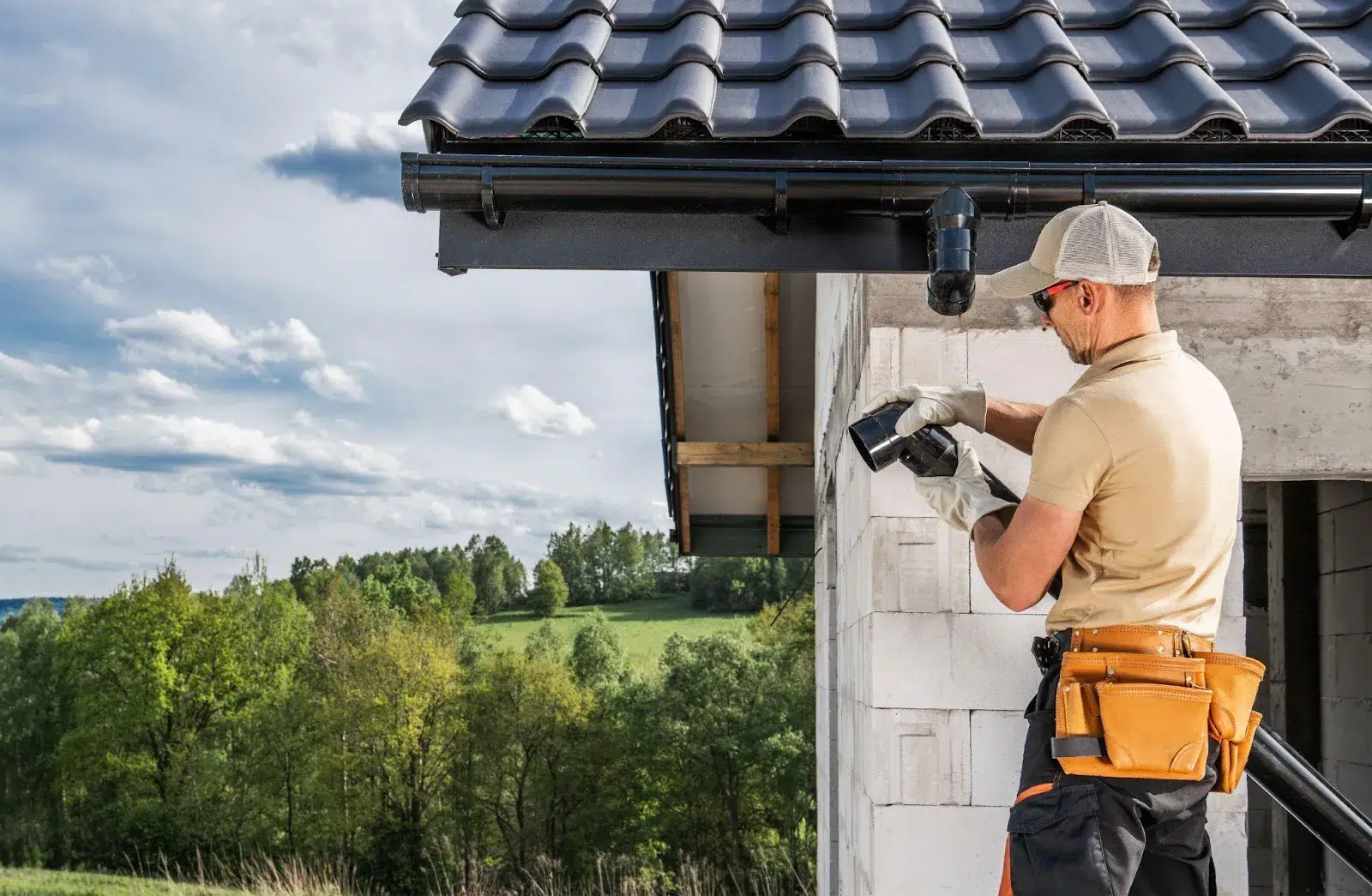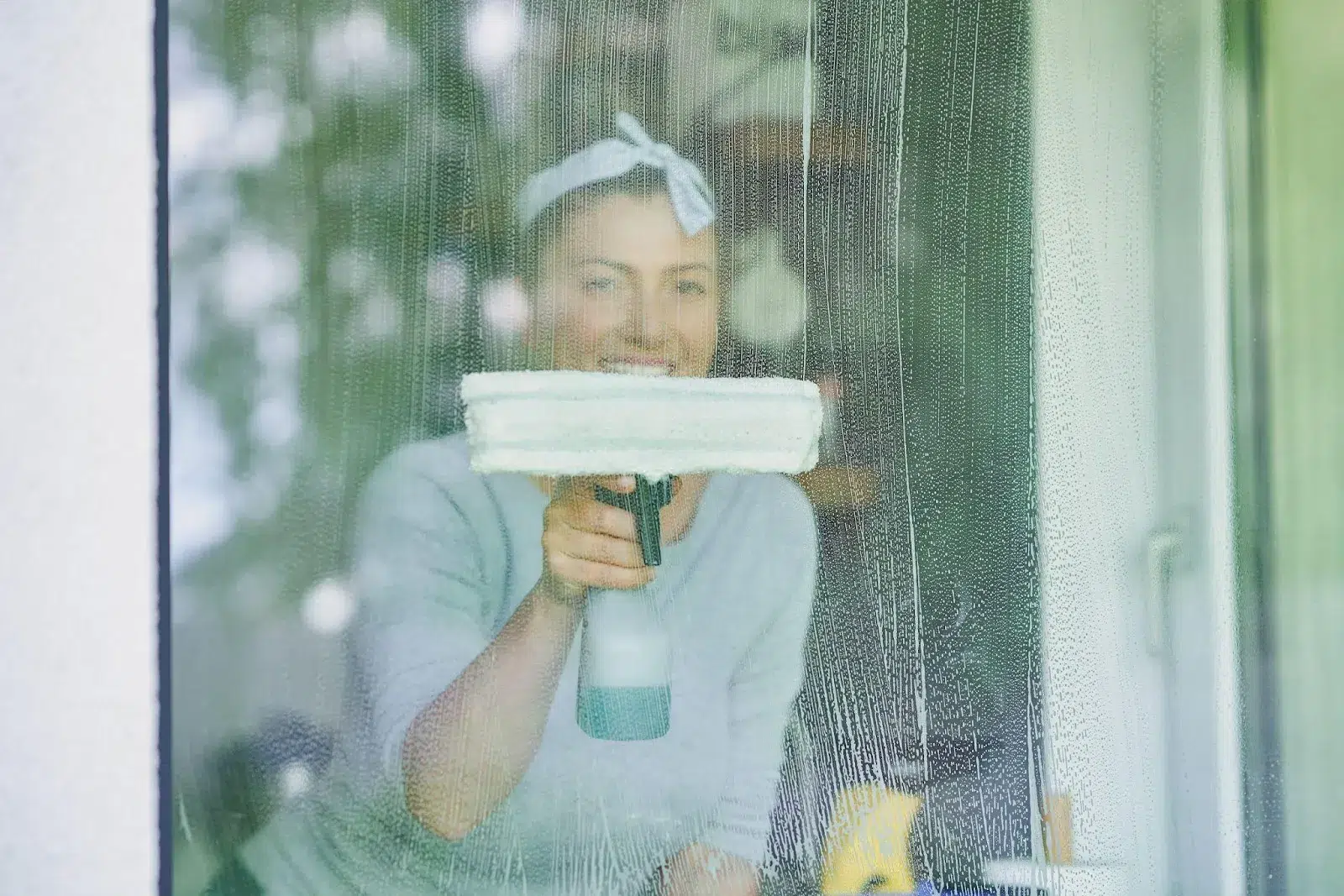The foundation is the backbone of your home, ensuring its longevity and stability.
Yet, many homeowners overlook its importance, assuming it will last indefinitely without care.
While foundations are designed for durability, they are not immune to wear and tear. Seasonal changes, especially in Ontario, Canada, significantly impact the soil conditions around your foundation.
These changes, over time, can lead to serious problems if left unattended.
Consider it—common activities like excessive water runoff, soggy soil pooling around your home, deep-rooted weeds, and nearby trees can damage your foundation.
To avoid these issues, make sure you address Essential Fall Foundation Repairs Before Winter. Add to that soil erosion from heavy rains or digging too close to your property, and you have a recipe for foundation trouble.
Though these issues might not seem urgent, they are. Acting quickly can save you from costly repairs and structural risks.
Ontario’s unique climate plays a major role in foundation health. Fall, in particular, presents challenges as fluctuating temperatures, rain, and early frosts cause soil to expand and contract.
This movement stresses your foundation, leading to cracks, leaks, and uneven settling. If not addressed before winter, these problems worsen, leaving your home vulnerable to snow and ice damage.
Thankfully, Custodia’s foundation repair experts in Ontario can help.
From conducting detailed inspections to repairing common issues like foundation cracks or poor drainage, we’re here to protect your home.
9 Common Foundation Issues to Address in The Fall in Ontario, Canada
Let’s explore the most common foundation problems homeowners in Ontario face during the fall and why addressing them early is crucial.
Cracks in The Foundation
Cracks are one of the most noticeable signs of foundation problems. These cracks can develop due to various factors, including soil movement, temperature changes, and poor drainage.
Ontario’s freeze-thaw cycle is particularly harsh, and during the fall, the temperature shifts can cause concrete to contract and expand, leading to cracks.
Over time, even small cracks allow water to seep into the foundation, which can cause mold growth and further damage. Early identification and sealing of cracks through Essential Fall Foundation Repairs Before Winter can prevent long-term issues and help avoid expensive repairs down the road.
2. Foundation Cracks
Cracks often form because of fluctuating soil conditions. In Ontario, freeze-thaw cycles are particularly damaging to foundations.
As the ground freezes and thaws, the soil beneath the foundation expands and contracts, putting pressure on the structure. This pressure can cause concrete to crack, creating openings for water to enter.
If left untreated, these cracks can compromise the integrity of your foundation, leading to more severe structural issues.
Repairing cracks early is key to avoiding further deterioration.
Water Damage And Leaks
Water is one of the most common causes of foundation damage. In the fall, Ontario experiences frequent rainfall, which can saturate the soil around your home.
When water pools near the foundation, it increases hydrostatic pressure on the concrete, leading to cracks and leaks.
If water enters the foundation, it can cause serious damage to your home’s structure, leading to costly repairs and potential health risks from mold growth.
Properly sealing cracks and installing a waterproofing system around your foundation can help prevent this issue.
4. How Water Can Weaken Your Foundation

Water can weaken your foundation in several ways. It erodes the soil beneath the concrete, causing uneven settling and making the foundation more susceptible to shifting.
When the soil around your foundation becomes saturated, it creates additional pressure on the concrete, which can cause cracks or even complete foundation failure.
Moreover, standing water can freeze during the winter months, causing it to expand and further crack the foundation. Proper drainage and sealing are essential to preventing this issue from worsening.
(Click here to read more on Is A Landlord Responsible For Yard Maintenance In Ontario?)
Shifting And Settling Foundations
Shifting or settling foundations occur when the soil underneath your home shifts, causing the foundation to move. This issue often results from changes in moisture levels, such as those caused by Ontario’s heavy fall rains.
As the soil becomes saturated with water, it can compress or expand, affecting the foundation’s stability. To prevent further damage, Essential Fall Foundation Repairs Before Winter are crucial.
Settling foundations can result in uneven floors, doors that no longer close properly, or cracks in the walls. If not addressed, this shifting can lead to significant structural damage over time.
Soil Movement And Weather Changes
Soil movement plays a critical role in foundation stability. In Ontario, the soil beneath homes is subject to constant changes due to weather conditions, particularly in the fall.
During wet seasons, such as the fall, the soil expands as it absorbs moisture, creating pressure on the foundation.
Conversely, during dry periods, the soil contracts, which can leave gaps beneath the foundation.
These cycles of expansion and contraction weaken the foundation over time and can lead to cracks, shifting, or settling if not monitored and managed.
7. Moisture-Related Foundation Damage

Moisture-related damage to foundations is a serious concern, especially in fall when the ground is wetter due to increased rainfall.
Excess moisture in the soil around your home can saturate the foundation walls, leading to cracks, water infiltration, and potential mold issues.
If moisture seeps into the foundation, it can also cause the concrete to weaken over time.
In Ontario, the combination of moisture and the freeze-thaw cycle makes foundation maintenance even more crucial, as water that infiltrates the cracks during fall can freeze in winter, worsening the damage.
Poor Drainage Systems Around The Property
Poor drainage is another major contributor to foundation damage. If your gutters, downspouts, or grading are not properly maintained, water can pool around your foundation.
Essential Fall Foundation Repairs Before Winter are crucial, as fall rains exacerbate this problem. Water that isn’t directed away from the house accumulates near the foundation, increasing hydrostatic pressure and leading to leaks and cracks.
Maintaining a clear drainage system and ensuring proper grading around your home’s perimeter can significantly reduce the risk of water-related foundation issues.
Tree Roots And Vegetation Near The Foundation
Tree roots and other vegetation can be surprisingly harmful to your foundation. During the fall, plants seek moisture, and tree roots can invade cracks in the foundation or soil beneath the structure.
As roots grow, they can disrupt the foundation and cause uneven settling or cracks.
Over time, this can lead to severe damage, especially if the roots are left unchecked. To protect your foundation, ensure that trees and large shrubs are kept at a safe distance from the home.
The Importance of Inspecting Your Foundation Before Winter
Before the harsh winter months hit Ontario, inspecting your foundation is crucial to preventing costly damage.
We have put together a checklist of what to look out for during fall foundation inspection to ensure your home stays stable, safe, and protected throughout the season.
- Inspecting For Visible Cracks And Gaps
The first and most obvious place to start when conducting a foundation inspection is by checking for visible cracks and gaps in the foundation.
Cracks can develop for various reasons—shifting soil, moisture, or even the natural settling of your home. However, not all cracks are created equal. Some may be superficial, while others can signal more significant structural issues.
- Small hairline cracks: Typically caused by the natural expansion and contraction of the foundation. These can usually be sealed to prevent water from entering.
- Wide or horizontal cracks: Often indicate serious foundation problems, such as settling or soil movement. These cracks require immediate attention.
Be sure to check both the interior and exterior of your foundation for visible cracks. Remember, cracks not only affect the aesthetic of your home, but they can also allow moisture to seep in, leading to further damage down the road.
- How to Identify Major And Minor Foundation Issues
While cracks are an obvious sign of potential problems, it’s important to differentiate between major and minor foundation issues.
Minor issues may include small, hairline cracks, which are common and can be easily repaired.
On the other hand, major foundation issues often involve large cracks, shifting, or the foundation moving away from the house, indicating a deeper structural problem.
Look for these telltale signs of major foundation problems:
- Uneven floors or walls: Floors may slope, or doors and windows may no longer close properly.
- Large cracks: Cracks wider than a quarter inch or horizontal cracks can indicate shifting or settling.
- Gaps between walls and ceilings or floors: These often appear when the foundation has settled unevenly.
If you notice any of these, it’s crucial to contact a professional for a full inspection and immediate intervention.
- Checking For Moisture And Water Pooling
Another critical aspect of foundation inspection is checking for moisture around the foundation.
Ontario’s wet fall season can lead to water pooling near your foundation, increasing the risk of water infiltration. This excess moisture can erode the foundation and weaken its structure over time, making Essential Fall Foundation Repairs Before Winter crucial for maintaining your home’s stability.
- Water Pooling Around Foundation
If you notice water collecting around the foundation after a rainfall, it could indicate poor drainage. This can result in serious damage to your home’s foundation if not fixed.
- Damp or Wet Basement
Moisture in your basement can indicate water infiltration, which, if not addressed, could lead to mold growth, which is not only damaging to your home but also harmful to your health.
Ensure that your gutters and downspouts are clear of debris to direct water away from the foundation. Additionally, check for any low spots in the soil that might collect water and create pooling around the foundation.
- Signs of Water Infiltration Around The Foundation
Water infiltration can be one of the most damaging issues for your foundation. If water enters through cracks in the concrete or around the base, it can weaken the structural integrity and lead to issues like mold, mildew, and wood rot.
Here Are Some Key Signs to Look For:
- Water stains or efflorescence: White, chalky stains on the interior walls or floor near the foundation can indicate water infiltration.
- Mold or mildew: A musty smell or visible mold growth is a clear sign that moisture is entering your foundation.
- Puddles in the basement: If water appears after a rainfall, this is a direct indication that your foundation is vulnerable to water damage.
Addressing water infiltration early is critical in preventing future damage. Consider installing a sump pump or waterproofing your foundation to protect against moisture-related issues.
- Addressing Insulation And Drainage Problems:
Proper foundation insulation and drainage systems are vital in protecting your home from the elements.
Insulation helps regulate temperature and prevents freezing pipes, while good drainage ensures that water flows away from the foundation, preventing it from pooling around your home.
- Foundation Insulation
Without proper insulation, your foundation could be at risk of freezing, especially during Ontario’s harsh winters. Insulation helps keep moisture out and maintains a consistent temperature within your home.
- Foundation Drainage
Good drainage directs water away from the foundation, reducing the likelihood of pooling and the resulting foundation damage. Ensure your gutters, downspouts, and grading slope away from the house.
A simple foundation inspection will reveal whether you need to upgrade your drainage system or add insulation to protect your home.
Essential Foundation Repairs to Complete Before Winter in Ontario, Canada

- Crack Sealing And Filling
Cracks in your foundation, though seemingly minor, can lead to water infiltration.
Sealing these cracks before winter ensures moisture doesn’t get in and freeze, which could expand the cracks and cause more damage. This simple repair protects your foundation from further weakening.
- Waterproofing Your Foundation
Waterproofing your foundation creates a barrier against moisture, preventing water from seeping into cracks and causing damage.
With Ontario’s wet winters, waterproofing is crucial to protect your home from mold and foundation erosion.
- Slab Jacking And Leveling
If your foundation has settled unevenly, slab jacking can help.
This process involves lifting the foundation back into place, fixing cracks, and preventing further shifting. It’s a cost-effective solution that stabilizes your home before the winter freeze.
- Improving Drainage Around Your Foundation
Proper drainage is vital to prevent water from pooling around your foundation, which can lead to cracks and leaks.
Ensure your gutters, downspouts, and drains are working properly to direct water away from your home. This simple step prevents moisture-related damage.
Get Your Foundation Ready For Winter
Addressing these foundation repairs now can prevent expensive damage in the future. If you’re unsure where to start or need expert help, contact us for a free consultation.
Custodia offers professional foundation repair services and Home Management Plans to protect your home year-round.
Don’t wait—schedule your inspection and repairs today!




